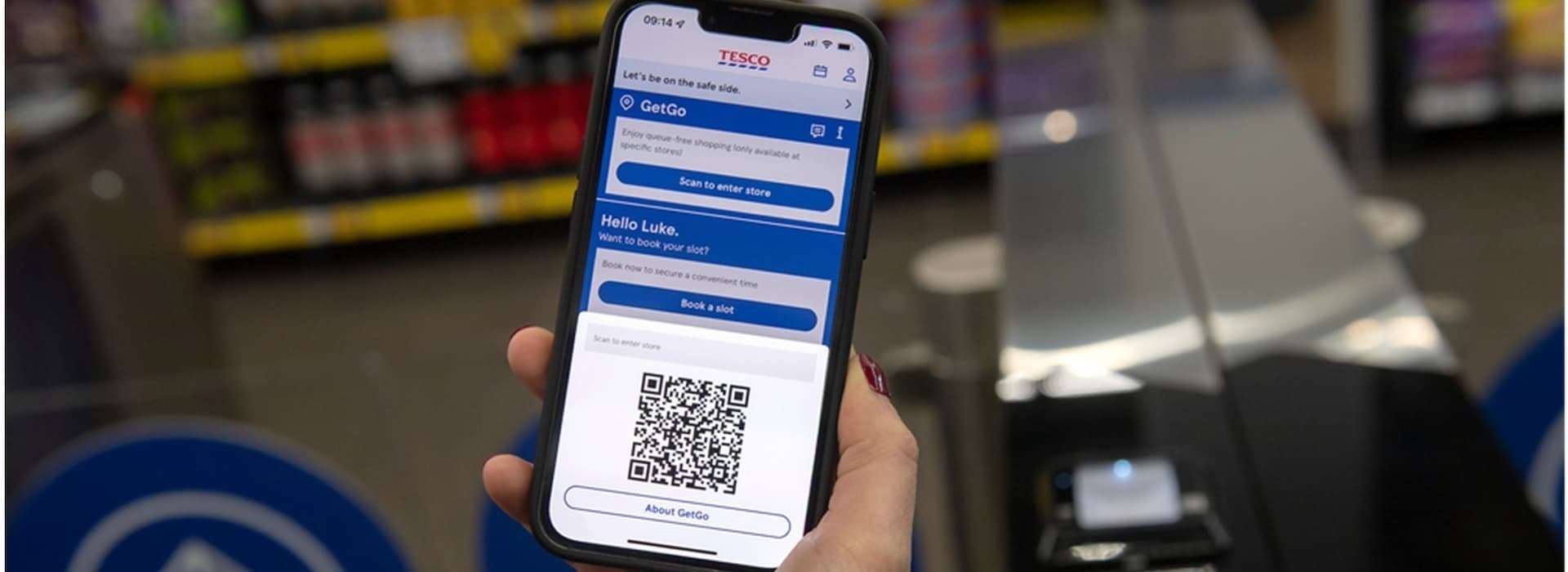All hail the rise of the male shopper, Barclaycard
The rise of social and digital media has made shopping more accessible and convenient for British men, which in-turn has increased their purchasing power. As a result, almost seven in ten online retailers have increased the scale of their male product offering in the past five years, according to Barclaycard research.
Its survey of 2,038 consumers and 250 retailers also finds that British men now spend more on clothes, shoes and grooming products each month compared to women. They are also ‘reluctant returners’; just 26% of the returns processed by retailers are made by male shoppers, compared to their female counterparts who account for 74%. Meanwhile, a higher proportion (26%) of UK retailers now cater to a predominantly male market than to a largely female market (17%).
With 48% of British men saying they prefer to shop online to snap up the latest trends, the most commonly deployed tactic from retailers is online and social media advertising (37%). 34% already offer, or would consider offering, their male customers the ability to purchase items directly from social media accounts, while 31% would make use of a customer service chatbot. Facebook leads the charge in being the most useful social media platform, according to 65% of retailers, with both Instagram and Twitter chosen by 36%. One in seven are now also working with bloggers and influencers to increase their online brand presence.
George Allardice, Head of Strategy at Barclaycard Payment Solutions, comments: “It’s clear from our research that while men do want to shop they are put off by the overall experience - which could be causing retailers to miss out on vital sales. The good news however, is that the issues men have claimed put them off shopping - such as long queues to pay - can be easily fixed. As the shopping experience continues to evolve, it’s important that retailers not only keep up with new trends, but capitalise on emerging technologies to provide good customer service across all channels, for every consumer. For instance – allowing shoppers to check the availability of sizes online and then quickly and easily pick-up and pay in-store could help harness loyalty by providing a faster and easier check-out process and keep customers returning time and again.”










